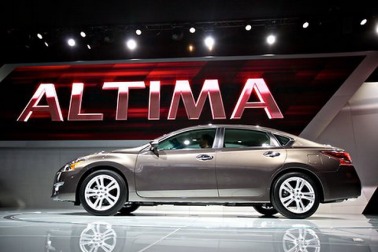Roth IRAs, Part II
There is a lot to learn about Roth IRAs, and we are covering the main points in these two articles. When you decide to open one of these accounts, please seek out professional advice, and also seek out a tax professional for those type of questions. What we write here is correct to our best knowledge as of July 2014, but tax laws can change, so consult a tax expert.
That disclaimer out of the way, it’s on to Part II!
We have not talked about contribution limits, and distribution rules, so let’s jump in the pool, OK?
Any money going into IRAs, Traditional or Roth has to come from earned income. If you get your income from interest, dividends, or other unearned pay, these retirement accounts are beyond your reach.
For folks with earned income, as of the 2014 tax year you can invest $5500 a year into a Roth IRA, $6500 if you are over 50 years of age. Using a monthly cash flow plan (and you should), that would mean investing $458 or $541.66 per month. If you can’t do that much, that is certainly OK. There are investments out there that you can start for a little as $100.00 1. Get out of debt, 2. grab whatever free match money your employer is offering in your work retirement plan and then 3. open your Roth!
But Roth IRAs also have income limitations. If you make too much income, you can’t contribute to a Roth IRA.* The only IRA high income earners can contribute to is a non-deductible (after tax) Traditional IRA.
See the asterisk? It’s an important one for high income earners. We’ll talk about that asterisk VERY soon.
In 2014, the IRS limits your ability to contribute to a Roth as follows:
Your filing status is married filing jointly or qualifying widow(er) and your modified AGI is at least $181,000. You cannot make a Roth IRA contribution if your modified AGI is $191,000 or more.
Your filing status is single, head of household, or married filing separately and you did not live with your spouse at any time in 2014 and your modified AGI is at least $114,000. You cannot make a Roth IRA contribution if your modified AGI is $129,000 or more.
Your filing status is married filing separately, you lived with your spouse at any time during the year, and your modified AGI is more than -0-. You cannot make a Roth IRA contribution if your modified AGI is $10,000 or more.
*Here’s the asterisk explanation. High income earners can still have a Roth IRA! How? They first contribute to an after tax Traditional IRA, and then convert that IRA into a Roth IRA IMMEDIATLY!
There are no income rules affecting a person’s ability to convert a Traditional IRA into a Roth, you just have to pay taxes on whatever has not already been taxed. Well, if you just opened an after tax Traditional IRA and convert it right away before it has any growth, you can have a Roth with no tax or penalty. Financial folks call this a “back door Roth”.
OK, that’s the contribution part, putting the money in. Now, here are some of the important things to know about distributions!
First, money placed into a Roth to avoid taxes and possible tax penalties, must stay in a Roth until the later of age 59 ½ years of age OR at least 5 years after you open the account. There are exceptions to this rule, but in general, that’s what you need to know. Here’s how it works. If you open a Roth IRA when you are fifty, when you turn 59 ½, you can remove any or all of the money tax and penalty free, because you met both tests. Even if you made a contribution in your 59th year, your IRA is more than five years old, so no tax is due, even if you take out this year’s contribution!
The order of withdrawal is important to remember too. For tax purposes, distributions are considered to be coming from your contributions first, and earnings second. Because contributions are after tax, you won’t owe federal tax on them, just on the growth if the distribution does not meet the age tests or is being removed because of a qualifying exception.
Remember though, that Roth IRAs can always be contributed to with earned income (unless you are a super high incomer after age 70 ½ that is), as long as you live. And you can let it grow, grow grow tax free for as long as you want. Let the power of compound interest work for you, and grow your money tax free in a Roth IRA.
A final note: Much more detail can be found in IRS Publication 590 (link here is the 2013 version), consult a tax adviser for accurate tax advice and an investment adviser on where to invest your hard earned Roth contribution.
TTFN!
40.365766
-77.344422








